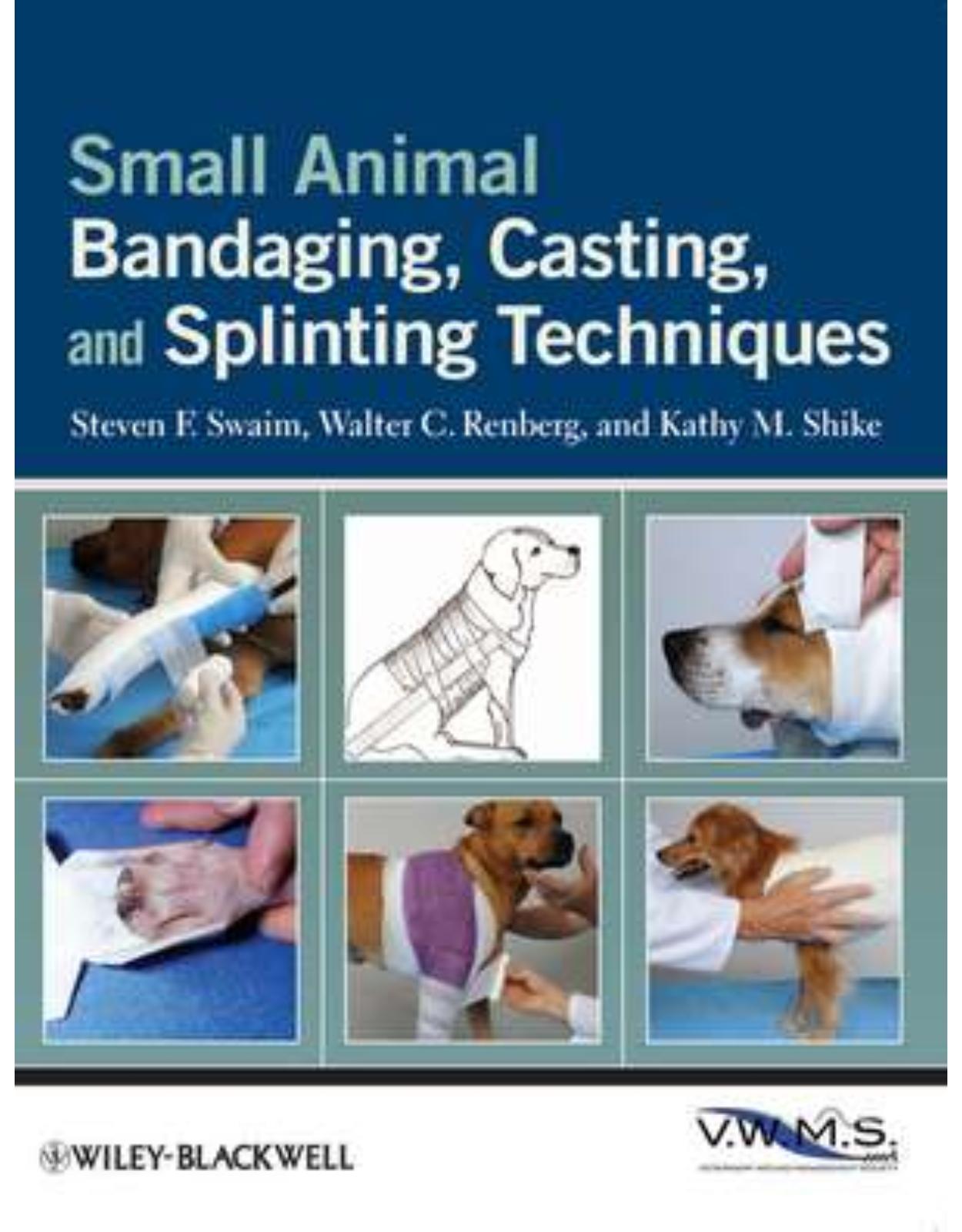
Small Animal Bandaging, Casting, and Splinting Techniques
Livrare gratis la comenzi peste 500 RON. Pentru celelalte comenzi livrarea este 20 RON.
Description:
Small Animal Bandaging, Casting, and Splinting Techniques is a well-illustrated how-to manual covering common bandaging methods used to support and manage both soft tissue and orthopedic conditions in small animal patients. This highly practical book offers step-by-step procedures with accompanying photographs to aid in the secure and effective application of bandages, casts, and splints, with coverage encompassing indications, aftercare, advantages, and potential complications for each technique. Small Animal Bandaging, Casting, and Splinting Techniques is an indispensable guide for busy veterinary technicians and nurses, as well as veterinarians and veterinary students.
Table of Contents:
1: Basics of Bandaging, Casting, and Splinting
Bandaging
Purposes and functions of a bandage
Components of a bandage
Primary-contact layer
Highly absorptive dressings
Gauze dressings
Hypertonic saline dressings
Calcium alginate dressings
Copolymer starch dressings
Moisture-retentive dressings
Polyurethane foam dressings
Polyurethane film dressings
Hydrogel dressings
Hydrocolloid dressings
Nonadherent semiocclusive dressings
Antimicrobial dressings
Extracellular matrix bioscaffold dressings
Secondary-intermediate layer
Tertiary-outer layer
Special considerations in bandaging, casting, and splinting
Frequency of changes
Security
Pressure relief
Joint immobilization
Maceration and excoriation
Need for sedation or anesthesia during bandage change
Casts and splints
General information
Purposes and functions of casts and splints
Materials
Splint rods
Commercial splints
Plastic splinting material
Stockinette
Casting tapes
2: Head and Ear Bandages
Emergency ear bandage
Indications
Technique
Aftercare
Advantages and complications
Basic head and ear bandage
Indications
Technique
Aftercare
Advantages and complications
3:Thoracic, Abdominal, and Pelvic Bandages
Thoracic, abdominal bandages
Circumferential thoracic, abdominal bandage
Indications
Technique
Aftercare
Advantages and complications
Windowed thoracic, abdominal bandage
Indications
Technique
Aftercare
Advantages and complications
Thoracic, abdominal tie-over bandage
Indications
Technique
Aftercare
Advantages and complications
Pelvic bandages
Circumferential pelvic bandage
Indications
Technique
Aftercare
Advantages and complications
Windowed pelvic bandage
Indications
Technique
Aftercare
Advantages and complications
Pelvic tie-over bandage
Indications
Technique
Aftercare
Advantages and complications
Pelvic extension splints
Indications
Technique
Aftercare
Advantages and complications
4: Extremity Bandages, Casts, and Splints
Tail bandages
Indications
Technique
Aftercare
Advantages and complications
Forelimb bandages, casts, and splints
Basic soft padded limb bandage
Indications
Technique
Aftercare
Bandage removal
Bandage replacement
Advantages and complications
Interdigital and interpad areas
Primary bandage layer
Secondary bandage layer
Tertiary bandage layer
Basic paw and distal limb bandage
Indications
Technique
Interdigital/interpad areas
Primary bandage layer, “donut” pads, and “stirrups”
Secondary bandage layer
Tertiary bandage layer
Aftercare
Bandage removal
Bandage replacement
Advantages and complications
Interdigital/interpad area
Primary bandage layer
Secondary bandage layer
Tertiary bandage layer
Paw pad pressure relief
Indications
Technique—moderate wounds on small to medium-sized dogs
Metacarpal/metatarsal pad
Digital pads
Aftercare—moderate wounds on small to medium-sized dogs
Advantages and complications—moderate wounds on small to medium-sized dogs
Techniques—major reconstructive or salvage paw surgery, especially on large dogs
“Clamshell” splints
One-half “clamshell” splint
Aftercare—major reconstructive or salvage paw surgery, especially on large dogs
Advantages and c omplications—major reconstructive or salvage paw surgery, especially large dogs
Dorsal paw pressure relief
Indications
Technique
Aftercare
Advantages and complications
Carpal sling
Indications
Technique
Aftercare
Advantages and complications
Basic forelimb splint
Indications
Technique
Aftercare
Advantages and complications
Basic forelimb cast
Spica bandage and lateral splint
Indications
Technique
Aftercare
Advantages and complications
Aluminum rod loop elbow splint
Indications
Technique
Aftercare
Advantages and complications
Velpeau sling
Indications
Technique
Aftercare
Advantages and complications
Pelvic limb bandages, casts, and splints
Basic soft padded limb bandage
Basic pelvic limb splint
Basic pelvic limb cast
Indications
Technique
Aftercare
Advantages and complications
Ehmer sling
Indications
Technique
Aftercare
Advantages and complications
90/90 sling
Indications
Technique
Aftercare
Advantages and complications
Tie-over bandage
Indications
Technique
Aftercare
Advantages and complications
5: Restraint
Elizabethan collar
Plastic wrap-around collar
Towel collar
Muzzles
Side braces
Topical chemical deterrents
Electronic devices
Suggested Reading
Index
| An aparitie | 28 ian 2011 |
| Autor | Swaim |
| Dimensiuni | 189 x 246 x 9 mm |
| Editura | Wiley |
| Format | Paperback |
| ISBN | 9780813819624 |
| Limba | Engleza |
| Nr pag | 160 |

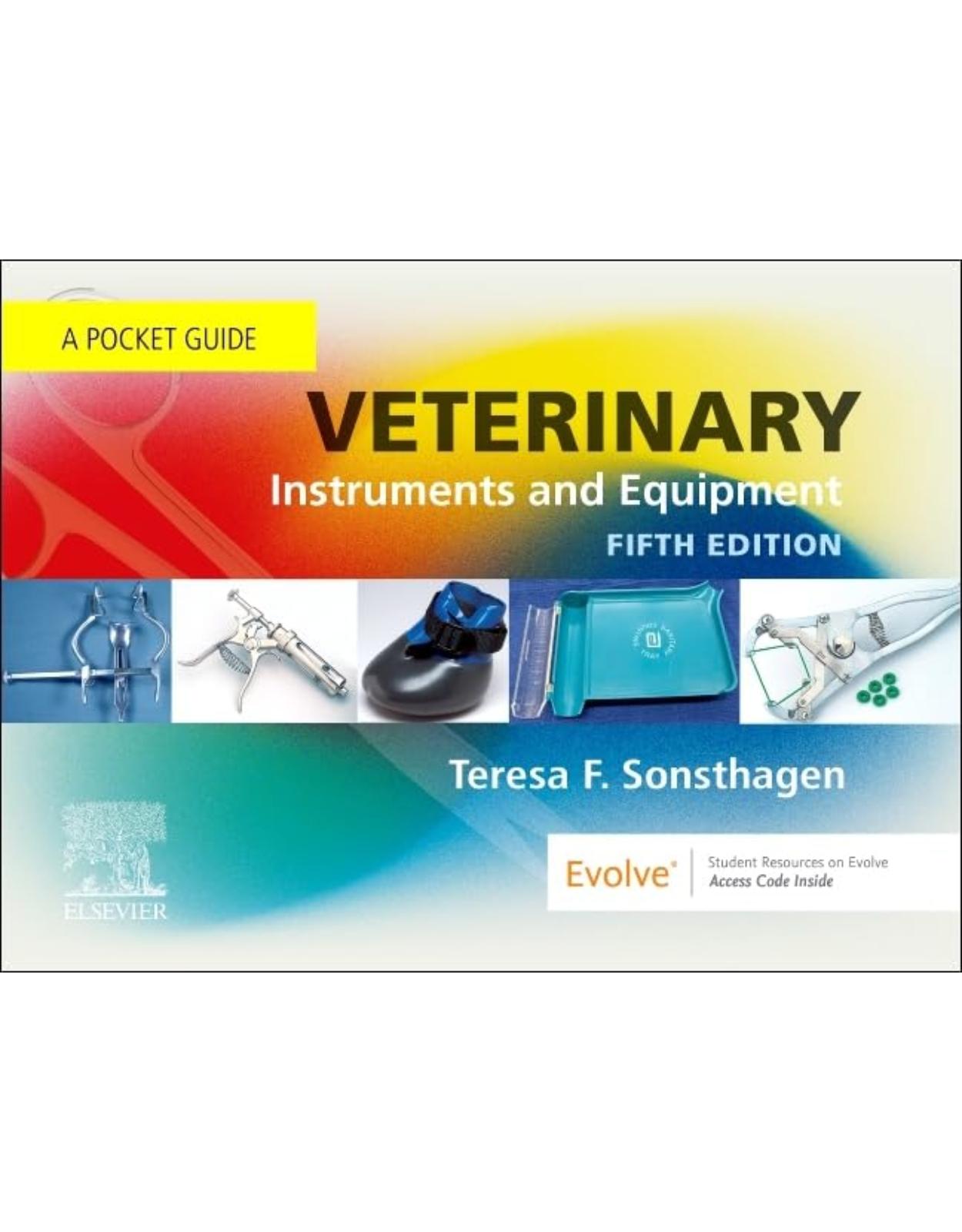
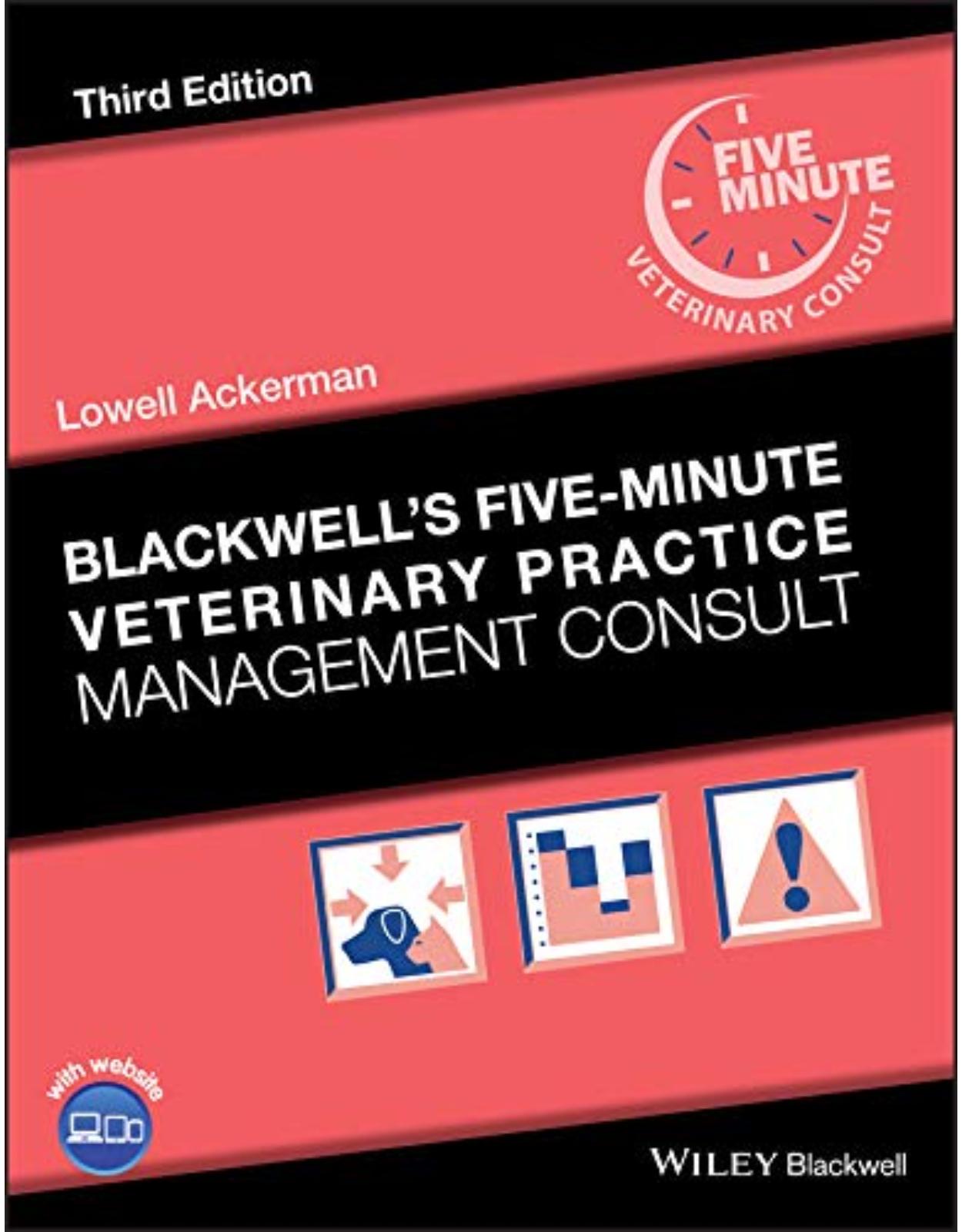
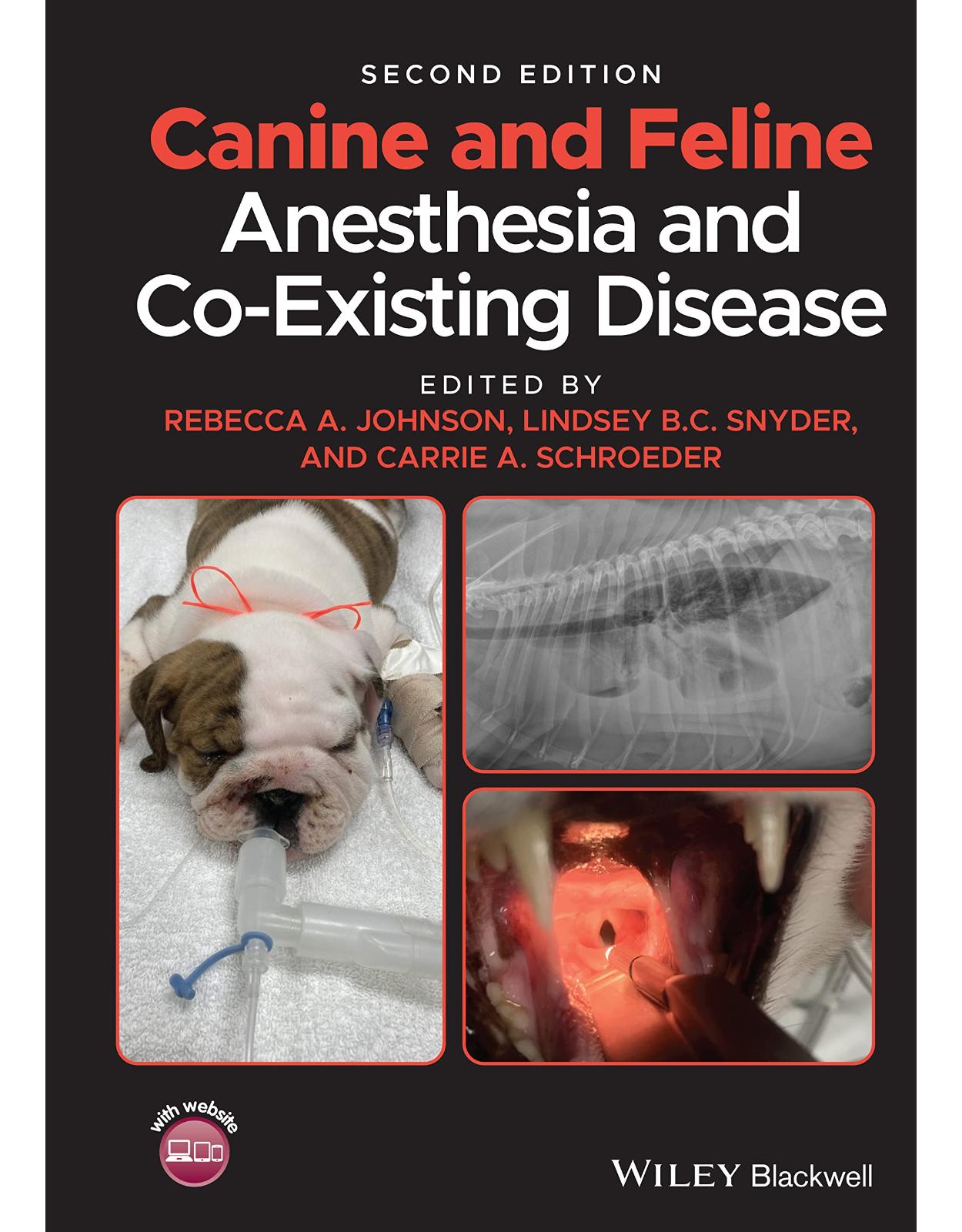
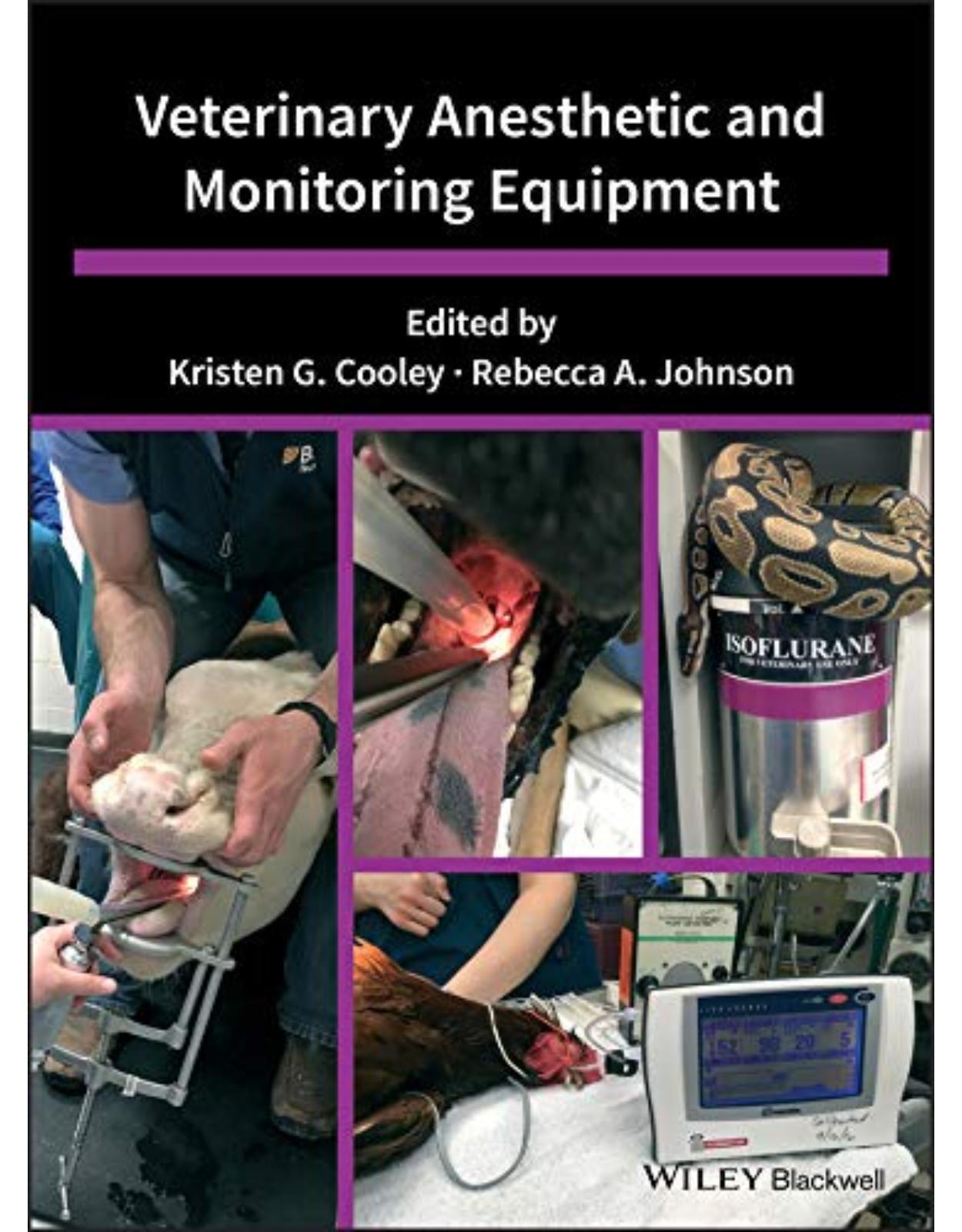
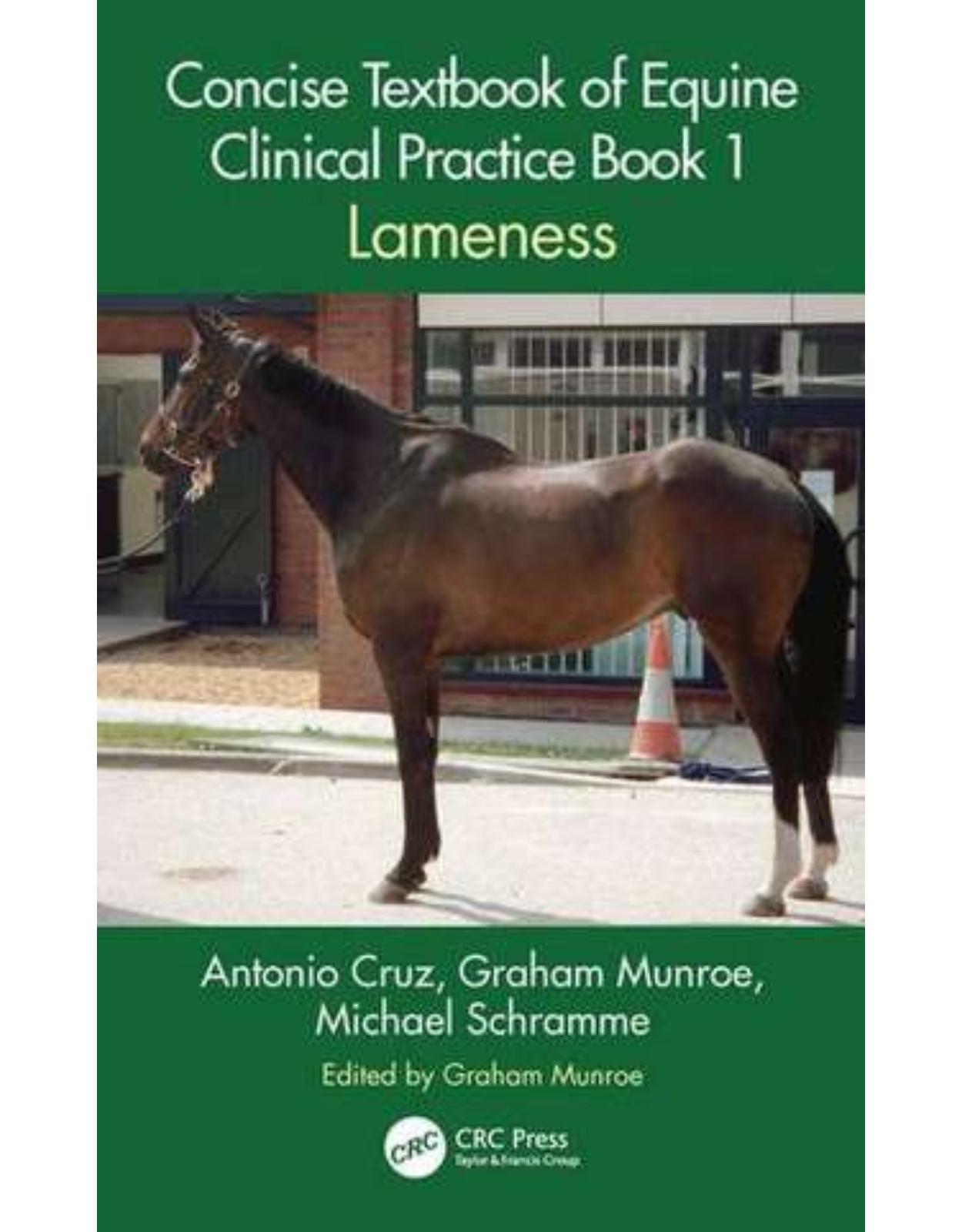
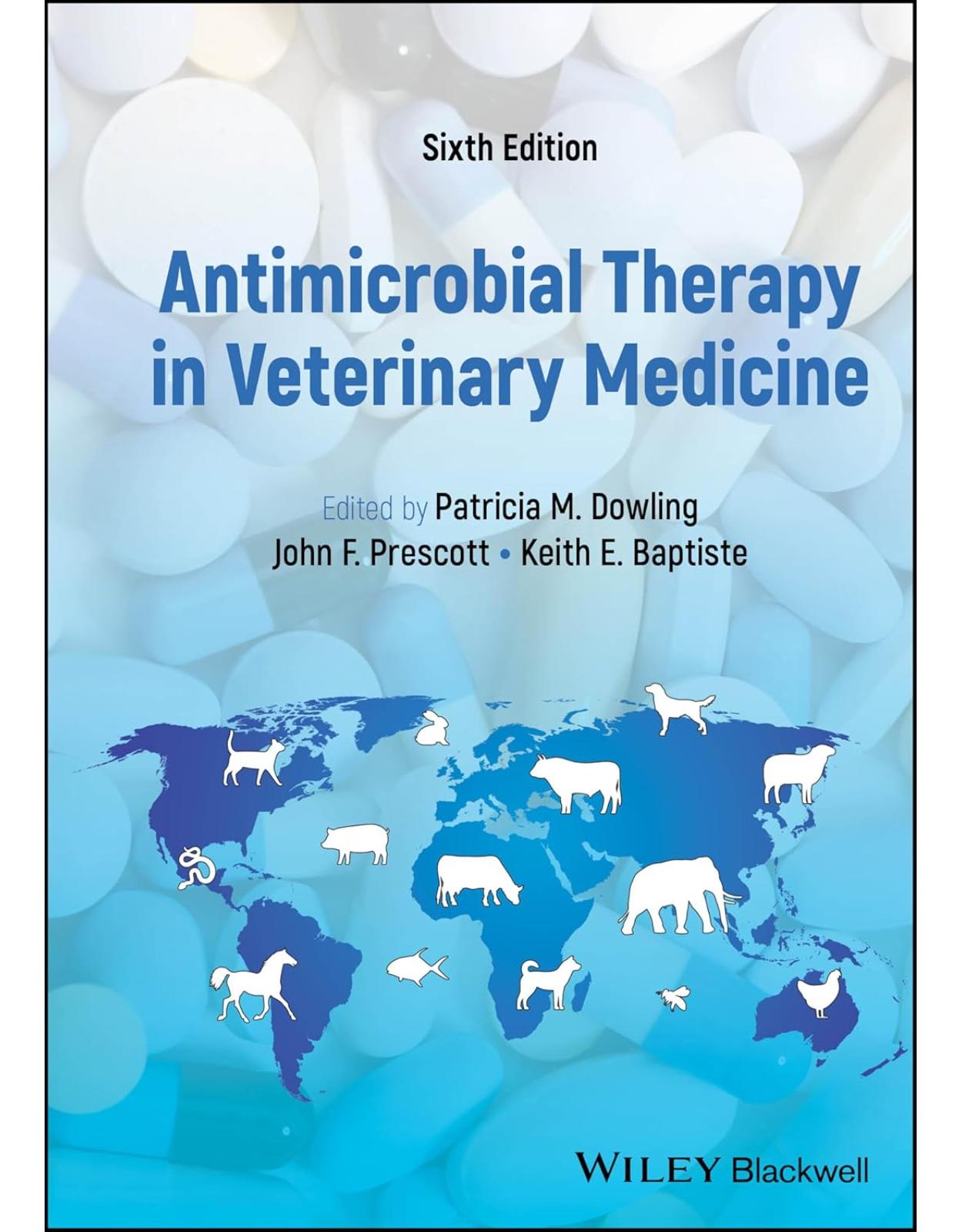
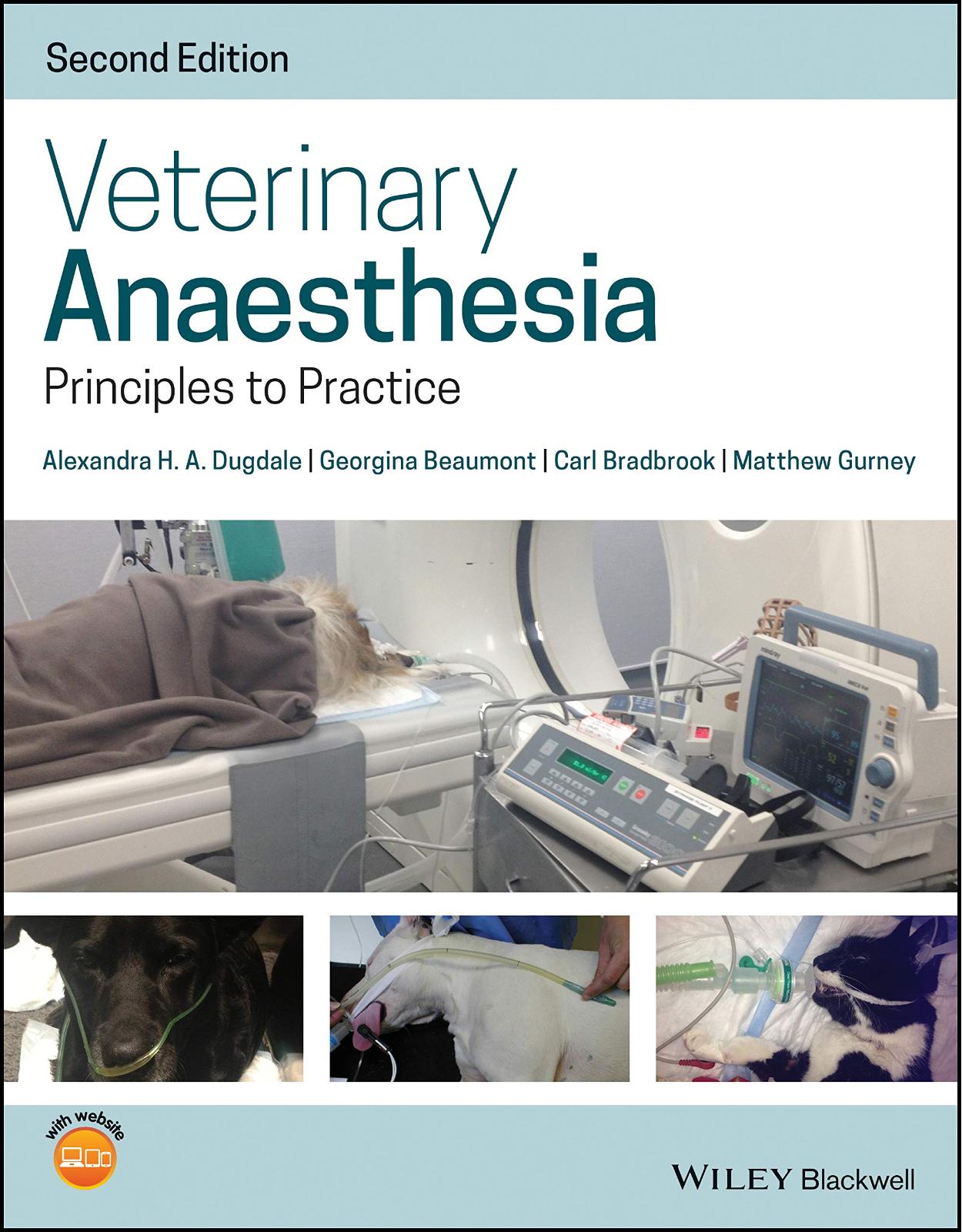

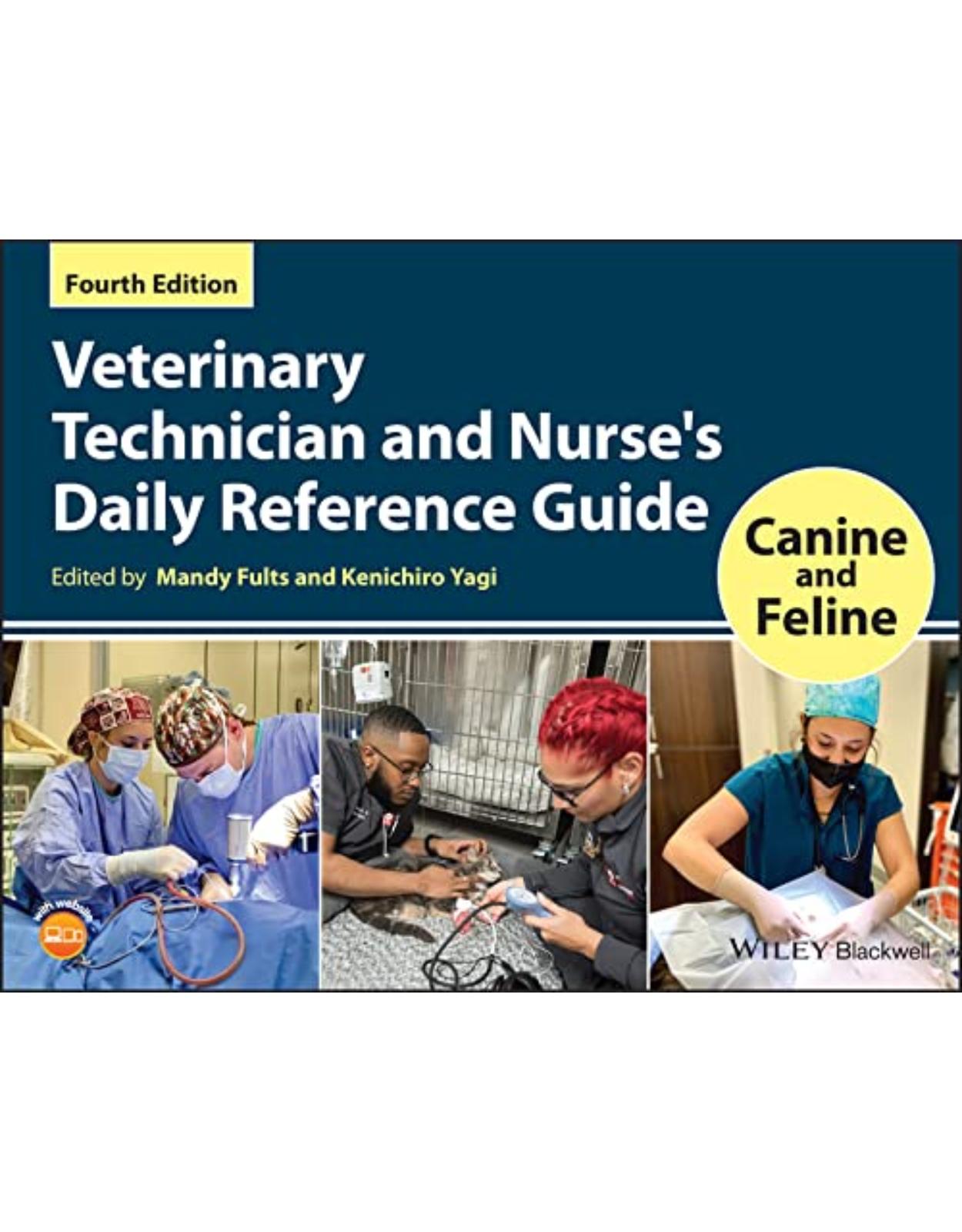
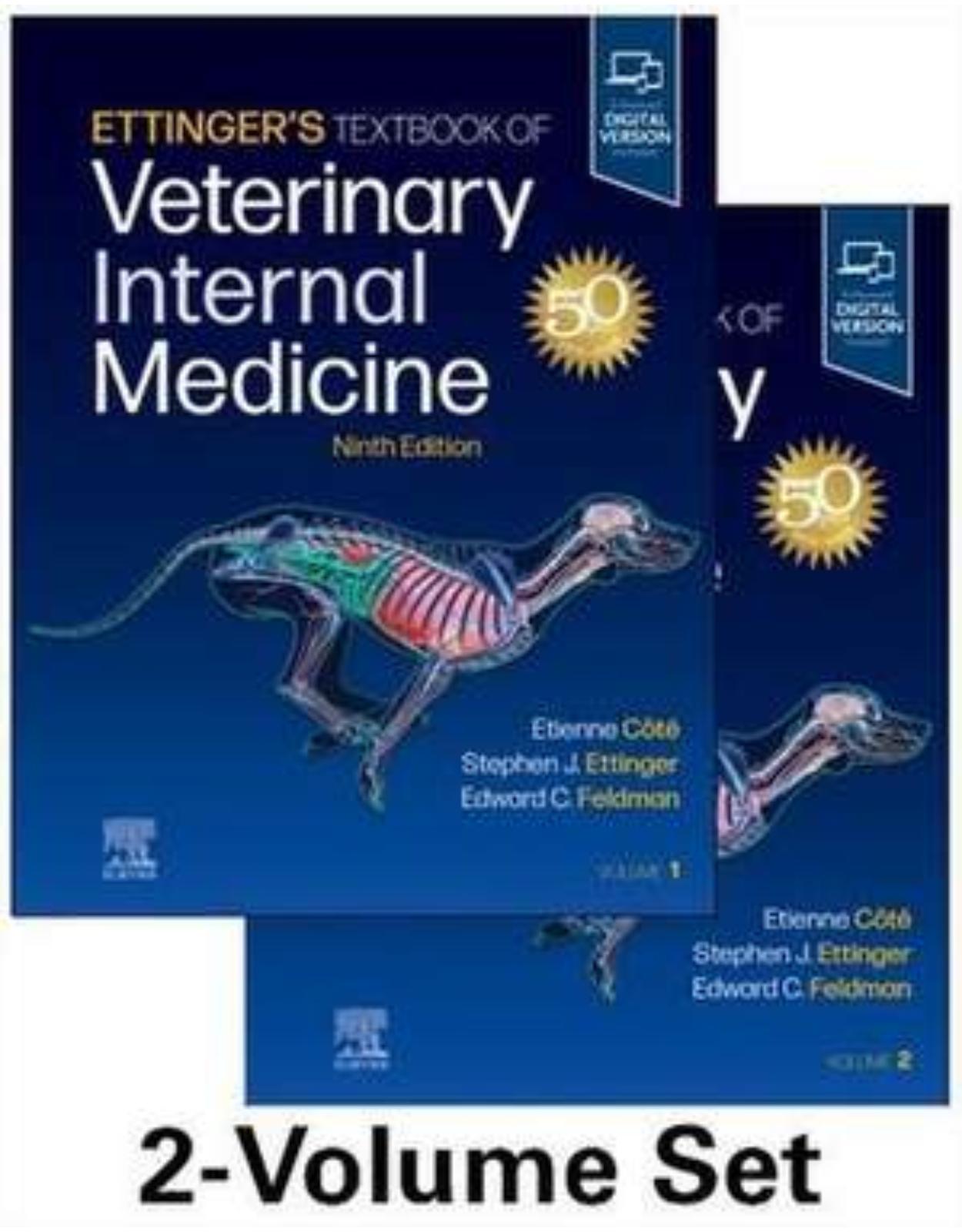
Clientii ebookshop.ro nu au adaugat inca opinii pentru acest produs. Fii primul care adauga o parere, folosind formularul de mai jos.